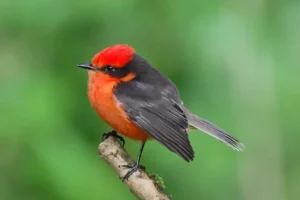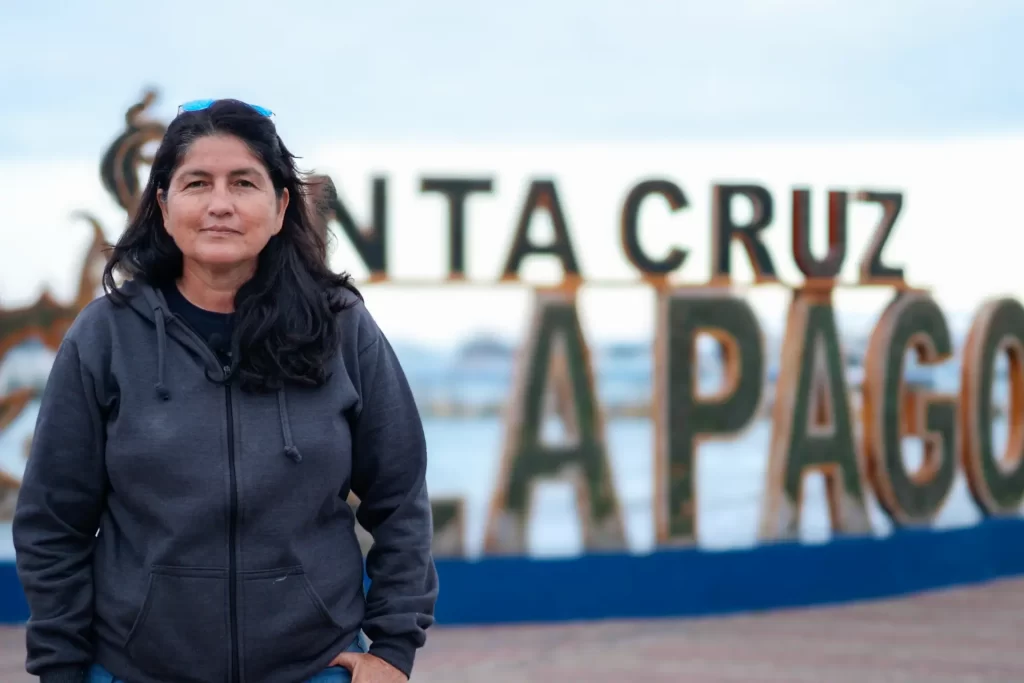The Galapagos Islands are home to Darwin’s Flycatcher, Pyrocephalus nanus. It is known for the spectacular coloration of its vermillion feathers. The first time this bird was documented in 1835, during Charles Darwin’s voyage to Galapagos, is still a sighting that many visitors enjoy.
Geovanna Morales is a Santa Cruz Island artist and recipient of grants from Galapagos Conservancy. She uses a creative and innovative way to encourage the next generation to take care of this species. It has been classified as Vulnerable due to threats posed by invasive plants.
Geovanna’s art-nature project connects younger generations to the beauty of Darwin’s Flycatcher. She uses outdoor activities, field trips and public exhibitions to promote a love for and respect for the species.

©Galápagos Conservancy
Drawing and painting are powerful instruments for this entrepreneur, which transcend linguistic and cultural barriers, and allow the conservation message of the Galapagos to be spread throughout the community. She ensures that no child on Galapagos will be excluded from an exploration of Darwin’s Flycatcher and educational experiences.
Galapagos Conservancy supports citizen initiatives that are led by women entrepreneurs like Geovanna. They reflect the love and pride that Galapagos residents have for the archipelago they are fortunate to call home. Their actions also contribute to the conservation of its unique ecosystems, biodiversity and ecology.
You may also find these articles interesting: A species of Vermillion Flycatcher appears to be extinct in Galapagos. Is another species in danger of extinction?

©Galápagos Conservancy



